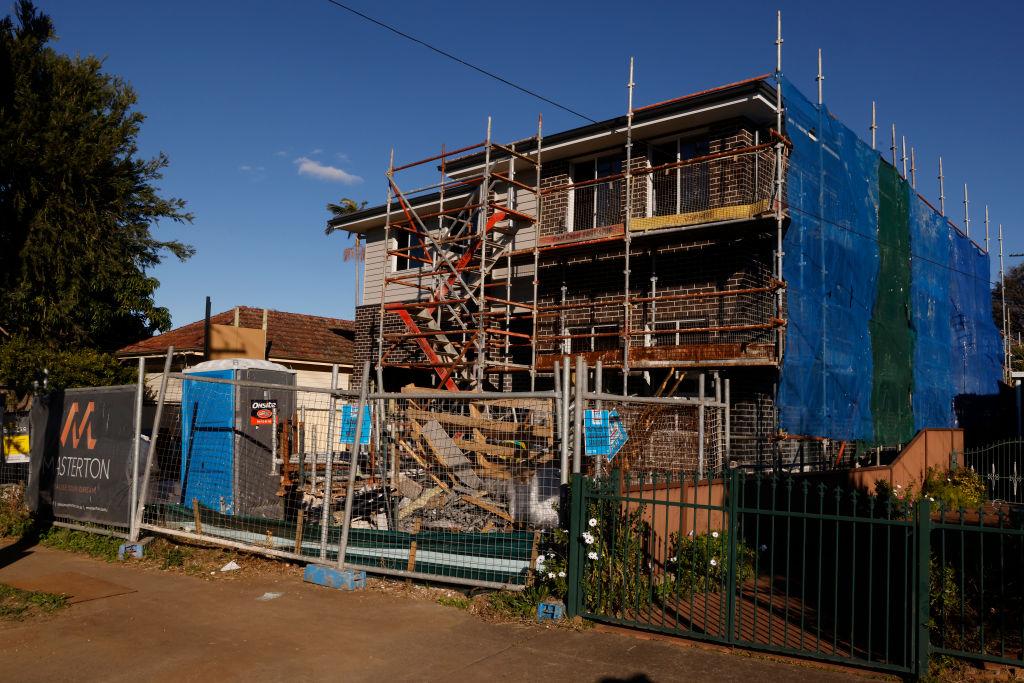Australian construction costs in the September quarter jumped at its highest rate in over 20 years, as the industry struggles with supply chain disruptions, material shortages, and high demand for building and renovation services.
CoreLogic’s Cordell construction cost index found that residential construction costs rose 3.8 percent nationally during the three months to September, which was over four times higher and a major driver of the 0.8 percent rise in CPI during the same period.





